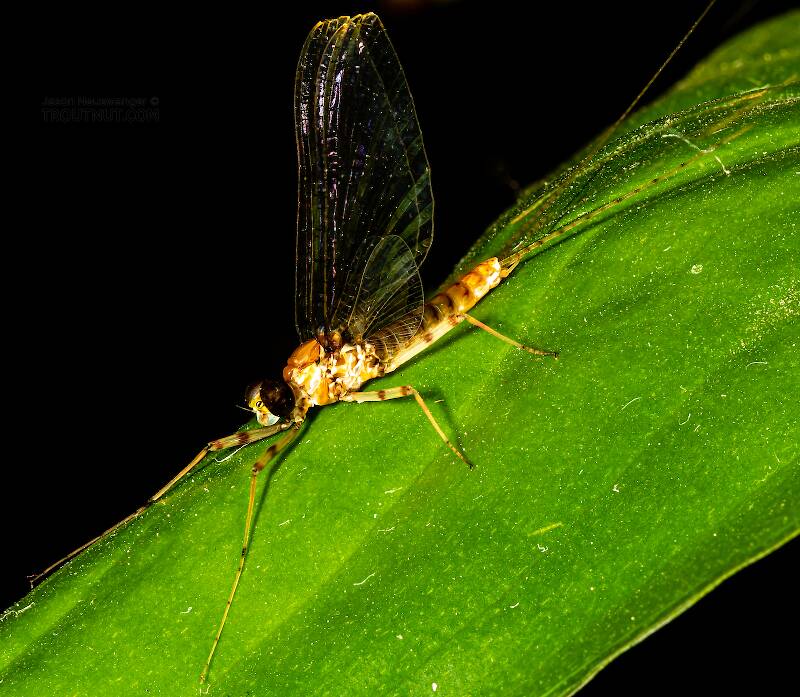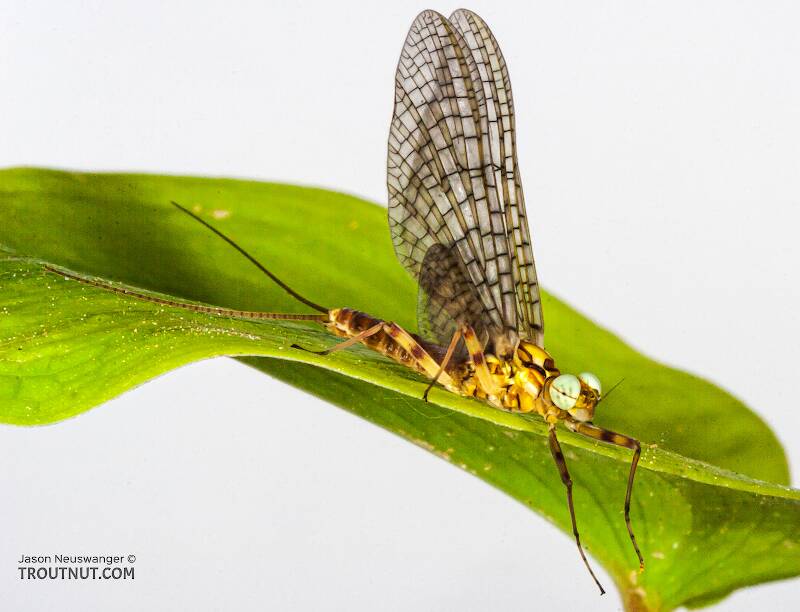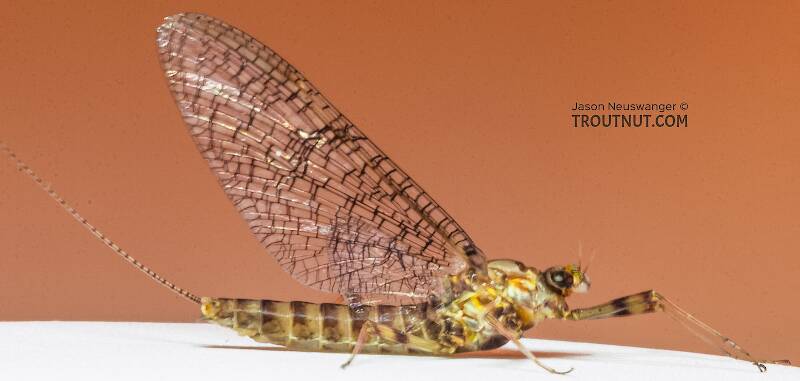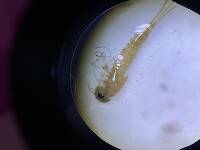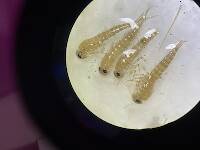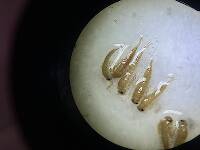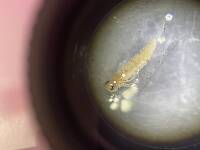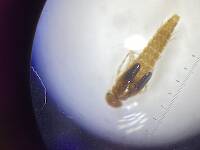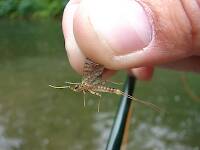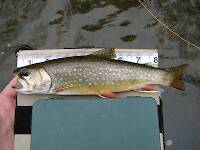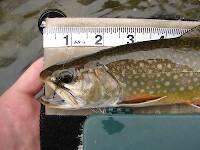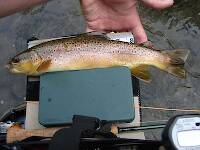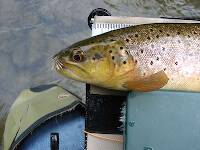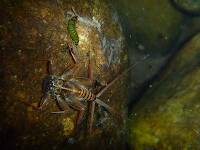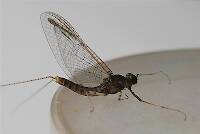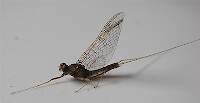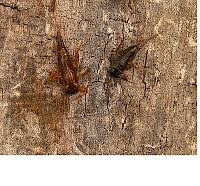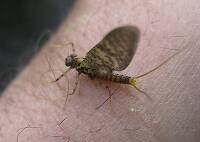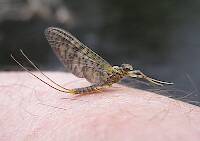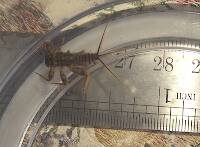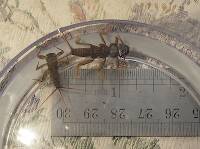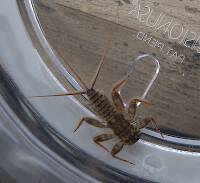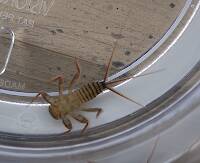
Hex Mayflies
Hexagenia limbata
The famous nocturnal Hex hatch of the Midwest (and a few other lucky locations) stirs to the surface mythically large brown trout that only touch streamers for the rest of the year.
Featured on the forum

With a bit of help from the microscope, this specimen keys clearly and unsurprisingly to Hydropsyche.

Troutnut is a project started in 2003 by salmonid ecologist Jason "Troutnut" Neuswanger to help anglers and
fly tyers unabashedly embrace the entomological side of the sport. Learn more about Troutnut or
support the project for an enhanced experience here.
This topic is about the Mayfly Species Stenonema vicarium
In the East and Midwest this is one of the most important hatches of the Spring. They are large flies which emerge sporadically, making for long days of good fishing.This species contains the two classic Eastern hatches formerly known as Stenonema vicarium and Stenonema fuscum, the "March Brown" and "Gray Fox." Entomologists have discovered that these mayflies belong to the same species, but they still display differences in appearance which the trout notice easily. Anglers should be prepared to imitate both types.
Example specimens
Snagy
Posts: 1
Posts: 1
Snagy on Feb 5, 2010February 5th, 2010, 3:32 pm EST
I notice that while the dun, nymph, and spinner photos on the page are all listed as March Brown (maccaffertium vicarium). While the coloration patterns all seem to follow other March Browns I have seen, I notice that the winged flies pictures all have 2 tails, but the nymphs in the photos have 3. I was under the impression this species was a 2 tailed mayfly. Is the nymph mislabelled?
Taxon on Feb 6, 2010February 6th, 2010, 4:01 am EST
Snagy-
Good observation. Maccaffertium vicarium belongs to family Heptageniidae (Flatheaded Mayflies). Heptageniids have three tails as a nymph, and two tails in their winged stages, except for two genera, Epeorus and Ironodes, which have two tails, both as nymphs, and in their winged stages.
Good observation. Maccaffertium vicarium belongs to family Heptageniidae (Flatheaded Mayflies). Heptageniids have three tails as a nymph, and two tails in their winged stages, except for two genera, Epeorus and Ironodes, which have two tails, both as nymphs, and in their winged stages.
Quick Reply
Related Discussions
Topic
Replies
Last Reply
4
May 24, 2008
by Softhackle
by Softhackle
8
Mar 30, 2012
by Brookyman
by Brookyman
9
Jun 13, 2008
by Wiflyfisher
by Wiflyfisher
5
May 20, 2009
by GONZO
by GONZO
16
Sep 22, 2011
by Oldredbarn
by Oldredbarn


